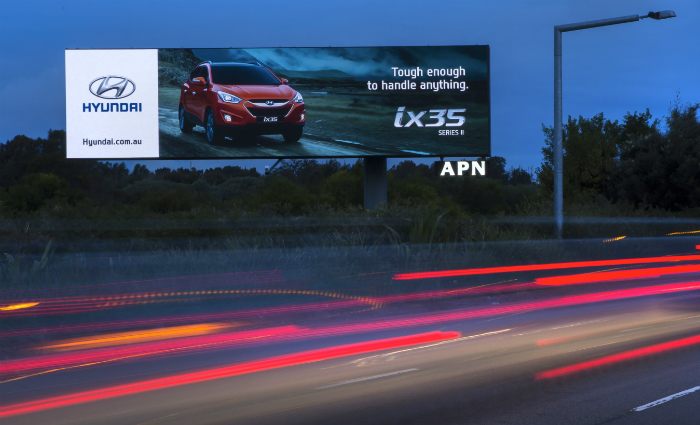
If printers need any more evidence that the priorities of the outdoor ad industry are increasingly focused on digital, they need look no further than its response to Sydney’s new draft regulations.
While the Outdoor Media Association (OMA), as previously reported by ProPrint, hits out at the council’s stated aim to ‘restrict’ outdoor advertising in general, six of its 14 objections relate solely to digital.
They include council plans to impose blanket size reductions on converted billboards, regulations on lighting and screen change times, and ban digital signage from certain areas.
[Related: More outdoor news]
In its 159-page submission blasting the city’s ‘Draft Development Control Plan 2015 (DCP) into Signs and Advertisements’, the OMA strongly extolls the benefits of digital as being superior to print.
“Static digital message displays (ed: ones without animation) can be more environmentally friendly, avoid occupational health and safety issues associated with changing screens and help disseminate emergency or community information,” it says.
“By making the cost and process of converting to digital signage excessive, the city lessens the likelihood that signage will be converted and with it the associated benefits of [there being] less traditional vinyl.”
Elsewhere in the submission the association argues against the perception that digital signage has a more negative visual impact than printed ones.
“In fact, digital signage can be more visually discrete than static signage as it adapts to ambient light levels,” it says.
“It is also more economically viable to make digital screens available for community messaging due to the incorporated changeability of the medium. In effect, one sign can take on the role of many in less space.”
The OMA says as a result of the regulations making it more difficult and expensive to convert print signage to digital, the DCP “will detract from the ability for sign owners, landlords and businesses to maintain economically viable and sustainable business operations”.
This strong and public backing of digital signage to print’s detriment comes as growth in the percentage of revenue derived from digital outpaces that of the whole industry.
It now makes up 21 per cent of the sector’s more than $600m revenue, up from 11.3 per cent in 2013 and 7.5 per cent in 2012.
[Related: Switching to digital]
Both major outdoor media companies, oOh! Media and APN Outdoor clearly see digital as the future of the industry and made their growing digital inventories the centrepiece of pitches to investors leading up to stock market floats late last year.
APN Outdoor plans to digitise 150 of its printed billboards in the next few years and not build any new printed ones, with its chief executive Richard Herring saying the company 'remain dedicated to our continued digitising of our inventory’.
Similarly, oOh! Media plans to digitise 15 to 20 of its marquee billboards next year and says a key part of its digital strategy is to ‘progressively digitise [its] existing asset base’.
The company expects to increase the proportion of its revenue that comes from digital from about 25 per cent, already more than twice the industry average, to 30 per cent at $80m by the end of 2015 and ‘significantly higher’ over the next three to five years.
All the rhetoric and all the planning from the major players and the industry body itself strongly indicates there will be increasingly fewer opportunities for printers in what is thought to be a booming market that many are investing heavily in.
Comment below to have your say on this story.
If you have a news story or tip-off, get in touch at editorial@sprinter.com.au.
Sign up to the Sprinter newsletter
